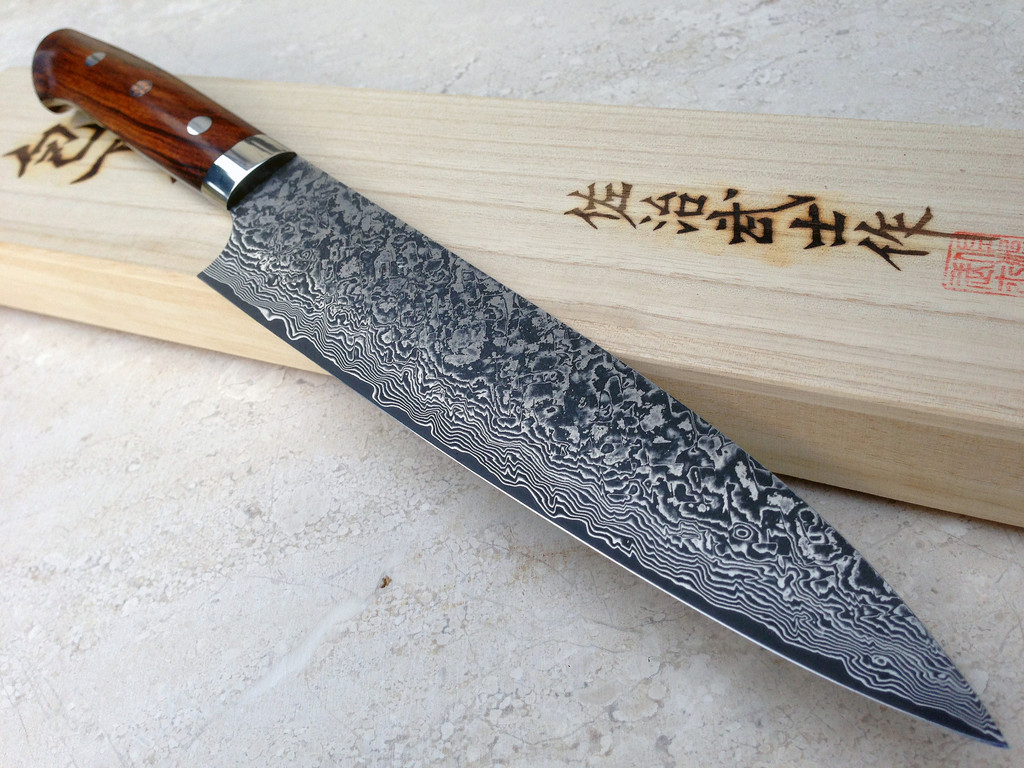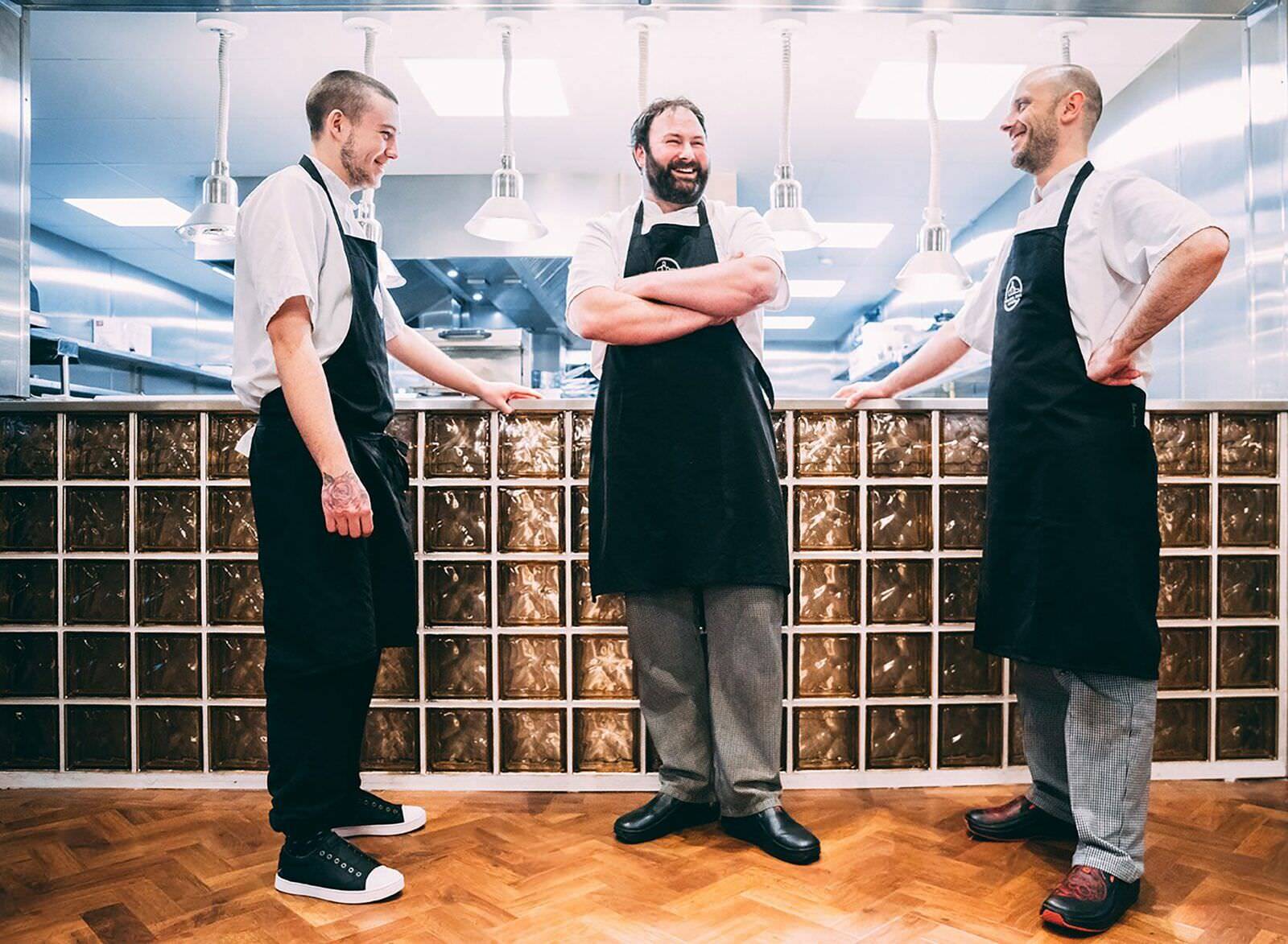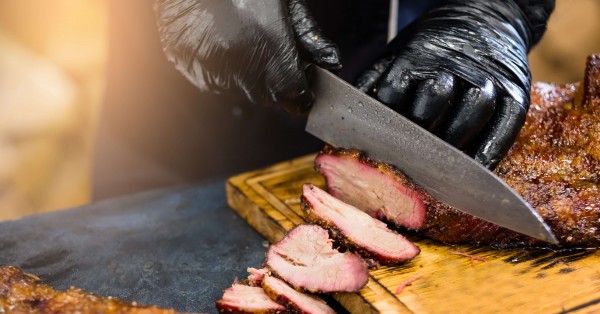Cuts and lacerations are some of the most common injuries that can take place in a kitchen, especially since they’re fast-paced environments with not much time to take a rest. As a chef, you’re constantly working, but correct knife handling will reduce these risks and help prevent potential knife accidents.
Here are 23 do’s and don’t for safety with knives in the kitchen to keep yourself and everyone around you safe.
The Do’s of Knife Safety
- Train new employees how to use knives safely when sharpening them and using them in the kitchen. For example, the head chef will have more experience and knowledge in safe knife practices than a commis chef.
- Only use a knife suitable for the food you’re cutting to avoid cross-contamination. For example, don’t use a fish knife when cutting meats and don’t use your vegetable knife as a utility knife.
- Keep them sharp - and know how to do it safely.
- Cut on a stable surface to avoid potentially injuring your arm, torso or someone around you. You can also place a non-slip pad under cutting boards to keep them steady.
- Handle them carefully when you’re cleaning up.
- Carry your knives with the blade pointing downwards one at a time when walking around the kitchen.
- Once you’ve finished cutting, store the knives securely.
- Wear protective equipment where necessary. So if you’re deboning or slicing, wear a protective glove on your non-knife hand.
- When you’re cutting, direct your knife strokes away from your body.
- Always hold the knife firmly with your dominant hand.
- If you’re using a new knife set, take your time and chop slowly until you get to know exactly how your knife works best.
- Store your knives in a knife block or magnetic strip rather than a drawer. Although a drawer is convenient, knives can grow mould and mildew which damages the knife and is also unhygienic.
The Don’ts of Knife Safety
- Never carry your knife in your pocket as you’re at a greater risk of cutting yourself.
- Don’t try to catch a falling knife as you could suffer a hand injury. Let it fall on the floor and wash thoroughly before using it again.
- Don’t use a knife for anything other than its intended purpose, such as opening tins or stirring food.
- If you’re carrying other objects in the kitchen, don’t carry your knives at the same time.
- Don’t leave knives loose on worktop surfaces. Somebody in the kitchen can accidentally push them off.
- Avoid using a dull knife as they’re unsafe and can cause fatigue.
- Never leave your knives soaking in water. When you’re finished using them, wash them and store them away.
- Don’t use your knives with wet hands. Keep your hands and surface dry so the knife doesn’t slip.
- Avoid putting your knives in the dishwasher. Although it’s a quick and easy option, the dishwasher will toss the knives around the machine and bang the blades against different surfaces. This will lead to damaged knives and the blades becoming dull.
- Your knives are yours and shouldn’t be shared. If another chef asks you to hand them their knives, place them on a surface rather than handing it to them.
- Don’t use your index finger to balance your knife. Knife safety involves using your second and middle fingers to gently grip the blade on both sides. Using your index fingers can lead to poor balance and then possible cuts.
As a chef, your knives are your most important pieces of equipment in the kitchen. Your role revolves around having safe knives that make it easy to go from chopping fine herbs to cutting meats and then dicing vegetables.
A bad knife not only affects the overall presentation of your food but also puts you at risk of possible injuries. This is why you need an exceptional and trustworthy knife, such as a Global G-48 Fluted Santoku or the Saji Craft. To find the perfect, safe knife to use in the kitchen, read our blog on five of the best chef knives you need to know.

Using knives safely is just one area of maintaining health and safety in the kitchen. You also need to think about food preparation, personal hygiene, personal wellbeing and more. To ensure you stay safe in your restaurant kitchen, make sure to read our guide on kitchen health and safety management.
Effective Health and Safety Management Tips to Keep You Safe
Whether you need advice on safety regulations and how you can prevent slips trips and falls or you need tips on team building activities and keeping your business running on slow days, this guide has the answers. It features plenty of insights to keep everyone in your restaurant safe while helping you grow the business.
Get your copy using the button below.

